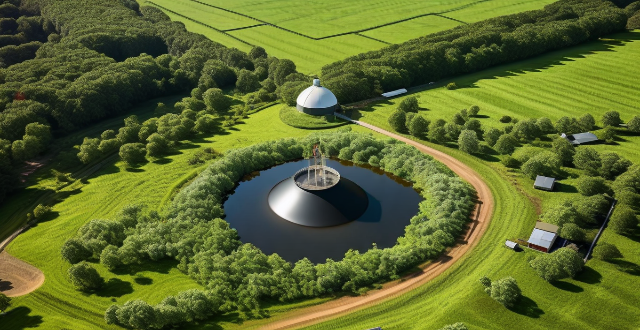Developing countries face numerous challenges in reducing their greenhouse gas emissions, including lack of financial resources, technological constraints, socio-economic factors, policy and regulatory challenges, cultural and educational barriers, and natural resource availability. These challenges highlight the complex nature of emission reduction efforts in developing countries and underscore the need for international cooperation, financial assistance, and technology transfer to support their transition to a low-carbon future.

Challenges Faced by Developing Countries in Emission Reduction
Developing countries face numerous challenges in reducing their greenhouse gas emissions. These challenges are often related to economic, social, and technological factors that limit their ability to implement effective emission reduction strategies. Here are some of the key challenges:
Lack of Financial Resources
- Limited Access to Funding: Developing countries often lack the financial resources needed to invest in clean energy technologies and infrastructure. This makes it difficult for them to transition away from fossil fuels and towards renewable energy sources.
- High Cost of Technology: The cost of clean energy technologies can be prohibitively expensive for many developing countries, especially when compared to the relatively low cost of traditional fossil fuels.
Technological Constraints
- Inadequate Infrastructure: Many developing countries lack the necessary infrastructure to support large-scale deployment of renewable energy systems, such as wind turbines or solar panels.
- Lack of Technical Expertise: There may be a shortage of skilled workers and technicians with the knowledge and experience needed to install, operate, and maintain advanced energy systems.
Socio-Economic Factors
- Energy Poverty: A significant portion of the population in developing countries may not have access to reliable electricity, making it difficult to promote energy conservation or shift towards cleaner energy sources.
- Dependence on Fossil Fuels: Some developing countries rely heavily on fossil fuels for their economy, such as oil exporting nations, which makes it challenging to transition away from these sources without negatively impacting their economy.
- Population Growth: Rapid population growth in many developing countries leads to increased demand for energy, often met through the use of coal or other high-emission fuels.
Policy and Regulatory Challenges
- Weak Environmental Policies: Some developing countries may lack strong environmental policies or enforcement mechanisms to encourage emission reduction efforts.
- International Pressure: Developing countries may face pressure from developed nations to reduce emissions, but without adequate support or recognition of their unique circumstances.
Cultural and Educational Barriers
- Lack of Awareness: There may be limited public awareness about climate change and its potential impacts, which can hinder efforts to promote energy conservation and sustainable practices.
- Educational Disparities: Lower levels of education in some areas can make it difficult to disseminate information about best practices for reducing emissions and adopting new technologies.
Natural Resource Availability
- Scarcity of Renewable Resources: Not all developing countries have an abundance of renewable resources like hydropower, wind, or solar radiation, limiting their options for clean energy development.
- Geographical Constraints: Mountainous terrain, remote locations, or other geographical features can make it difficult and expensive to build renewable energy projects or distribute energy over large distances.
Overall, these challenges highlight the complex nature of emission reduction efforts in developing countries and underscore the need for international cooperation, financial assistance, and technology transfer to support their transition to a low-carbon future.